Interview – Alexandre Kyungu Mwilambwe. Horcelie Sinda Wa Mbongo in conversation with the Congolese Artist on Nzoloko, or The Art of Scarification.
Alexandre Kyungu Mwilambwe was born in Kinshasa, Democratic Republic of Congo, and went on to study at the Académie des Beaux Art de Kinshasa, graduating in 2013. Kyungu is an emerging artist whose practice explores the representation of urban spaces and cartographic elements. Kyungu works within the fundamentals of history and memory, incorporating African culture as a central theme, appearing as a catalyst between cartography and identity. Moreover, the artist explores the relationship between people and existing spaces through the art of Nzoloko.
The word Nzoloko refers to the act of scarification, an ancestral practice where a knife is used to incise the body, leaving scars. The marks left on the skin serve to identify individuals’ ethnicity. The appropriation of Nzoloko in his artworks disguises political boundaries and the body within these spaces.

The ‘door’ is a favourite medium of yours, an interesting choice and symbol. Tell us what it signifies to you?
A.K.M: In my approach, the door is understood as a metaphor, and it is a representation of a border which may be mental or physical. The door is a symbol of a possible opening to a human being. This symbolism is an openness, a connection as well as discovery in an increasingly universal society. Moreover, the function of a physical door in our houses is to enter and leave a place or space. This approach is significant in my work as I refer to it as the image of the border. In doing so, I attempt to question the cartographic policy of Africa and the rest of the world in contemporary society. A door is an indispensable object in a society; it presents the reality of our existence in life. It is also an intermediary element between the outside and the inside of a space. Also, the body embodies several functions as; to protect and serve as an opening to another space or place. As one enters a place, many dialogues begin to unfold. Therefore, we cannot walk through or access a place without having gone through a door.
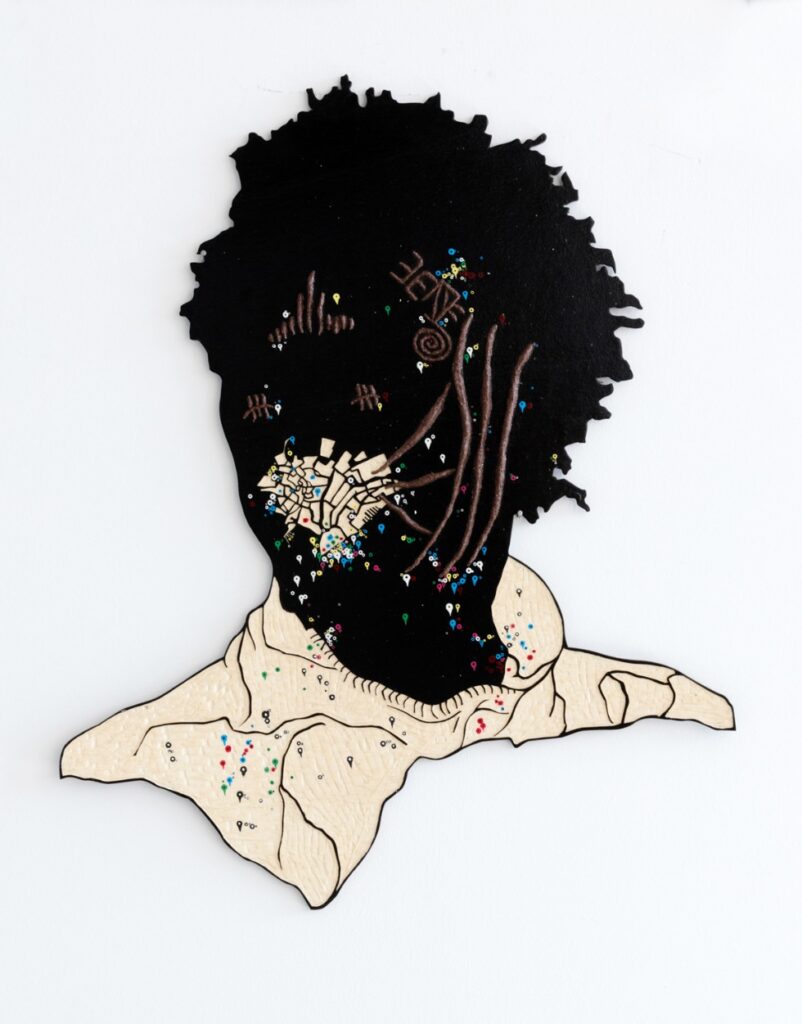
Why are the themes of migration and identity important/recurrent in your practice?
A.K.M: I understand now that cartography is an appropriation of political spaces and complex issues. Cartography is considered an organisational element of Western origin, also as a political power. This understanding led me to question the issues of borders about current concerns regarding migration. Also, how borders make it possible to control spaces between places and their inhabitants.
Nzoloko, which means scarification in Lingala, is one of the elements in my arts. This allows me to redefine and question the relationship between people and spaces. Nzoloko was an African symbolism which distinguished individuals from one another. Ancestral beliefs of borders were based on spaces as well as this symbolism. Also, I refer to the approach of the historical African communities and how they considered borders. The relationship of scarification alongside cartography in my artistic approach intervenes to reveal and question. It is to question the accessibility and the liberation of a border that previously existed in African cultural society.
Moreover, this perspective, looks towards modern problems of identity, mobility, migration and border conflicts. Finally, my work attempts to erase the influence of borders which exist in our world. From a mental perspective, this approach births a unique and comfortable territory for all.
Today identity is a sensitive topic, especially in countries such as the Democratic Republic of Congo. With an ongoing political crisis that has left many fleeing to look for refuge elsewhere, talking about identity reveals scars from the past. In your opinion, what is the Congolese identity?
A.K.M: Our country is undergoing a transformation of its cultural, political and social identity that has taken place since the colonial era. So today, our identity lacks benchmarks on its history and culture.
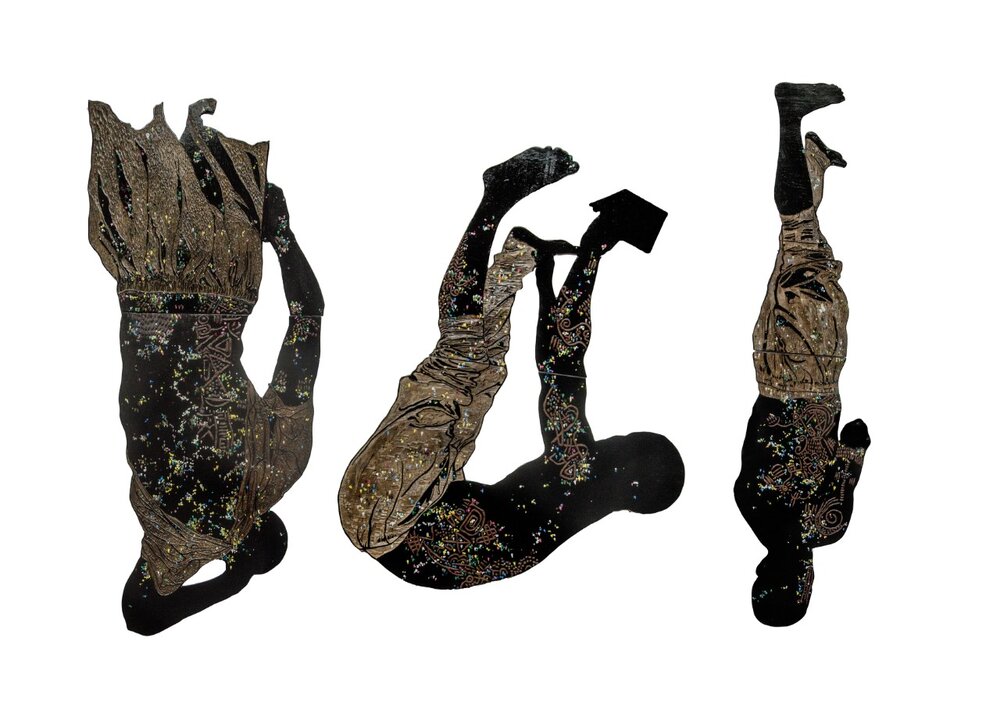
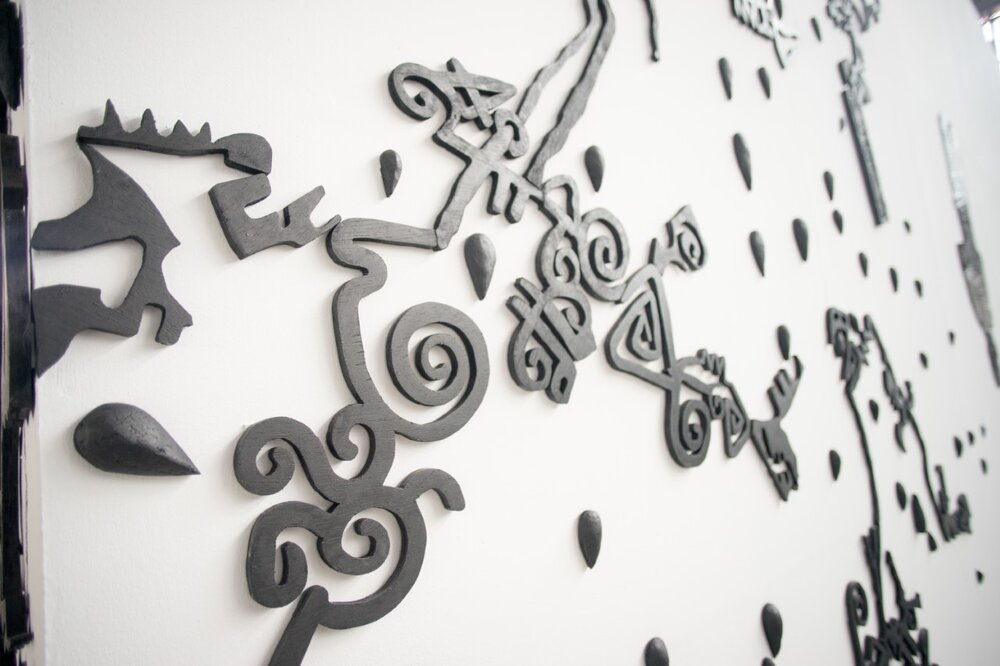
Tell us about the Young Congo Biennale which took place last year, in 2019. As an emerging young artist, what was your experience like in participating in such an event?
A.K.M: ‘Transition‘ was the theme of the Young Congo Biennale, which invited more than 40 artists and thinkers to reflect on the recent history of the Democratic Republic of the Congo. The exhibition questioned the position and relations of the DRC with the rest of the world since King Leopold II invented the land as his private property. The Biennale was a festival of contemporary Congolese art, initiated by the director of Kin Art Studio, Vitshois Mwilambwe Bondo. It was a great pleasure for me to be among the artists selected and present my work at the Young Congo Biennale. Being in discussion with other artists from all over the world allowed for a new narrative of Congo. Also, receiving comments and critique from the exhibition allowed me to project myself for future projects.
There is a participatory dimension in your work. In the exhibition which took place in New York; the Imaginary between cartography and scarification, visitors were touching and holding objects from the installation. Regarding the theme of cartography, what does it mean to produce an interactive piece? How does it help us understand your work differently?
While creating an interaction between my work and the public, I pose questions related to mobility. The relationship between the two questions creates borders in the perception one has towards the other. My objective was to create a work by involving the public to reconstruct an image of a cartographic space through symbolic objects such as the small staves and the map pointer. Of course, for me, it helps to understand the work differently and better, as you listed in your question, but also to form multiple possibilities of dialogue with the community. The installation is a shared space where people can connect to the work emotionally. The work mends the sensitivity we have lost for one another.
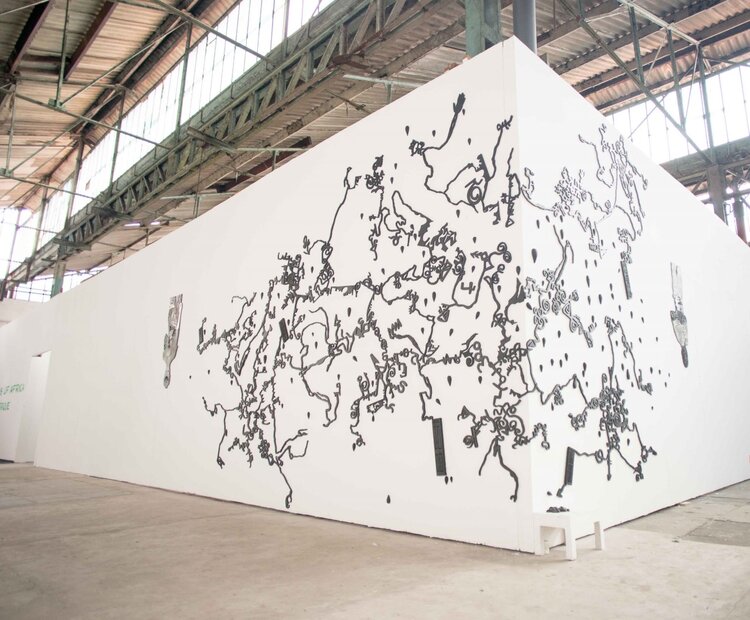

Thank you, Alexandre Kyungu Mwilambwe!
You can follow Alexandre Kyungu Mwilambwe on

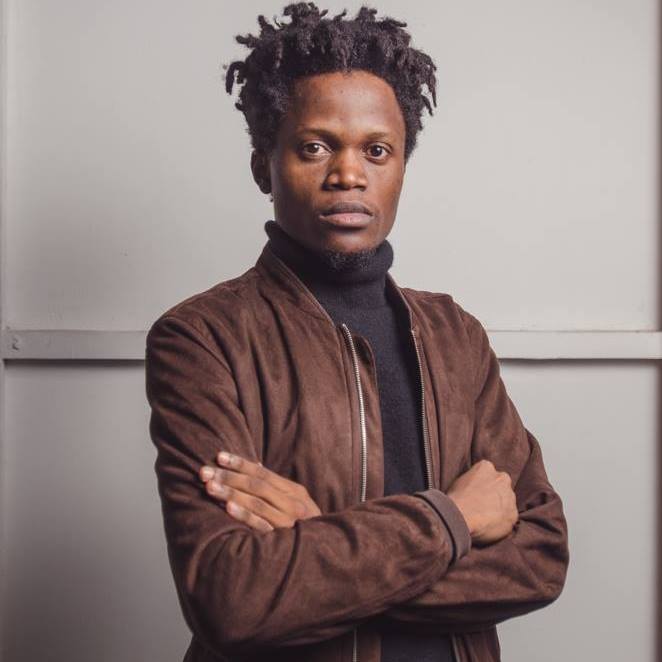

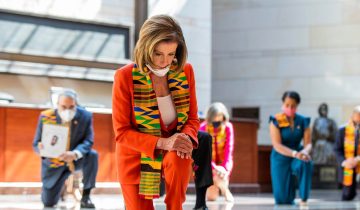
 No products in the basket.
No products in the basket.